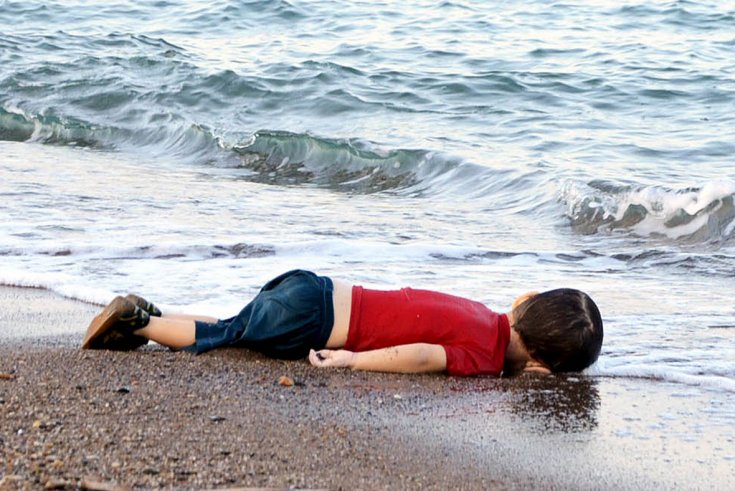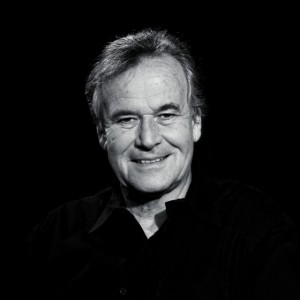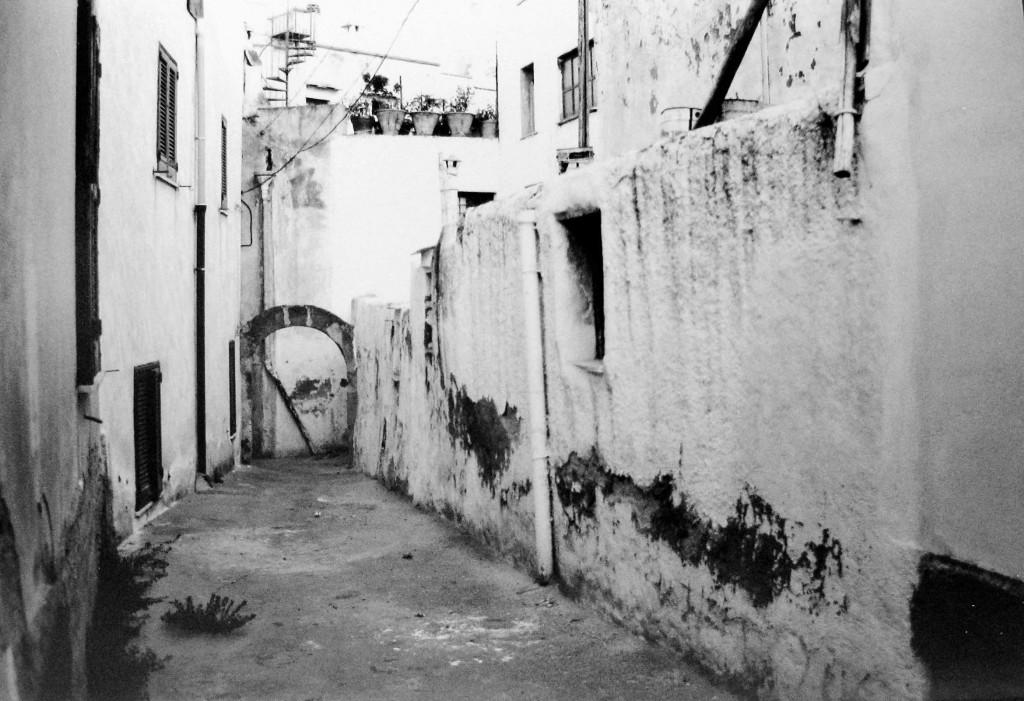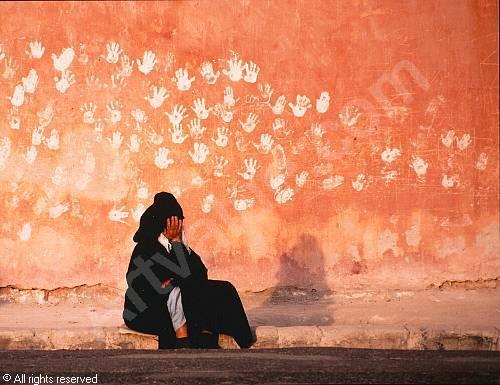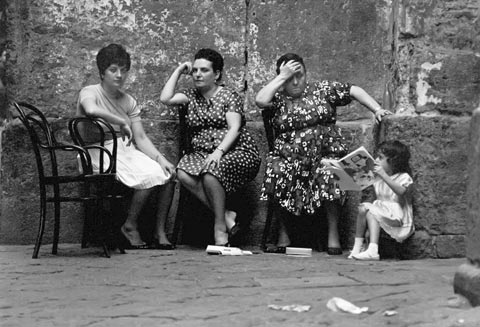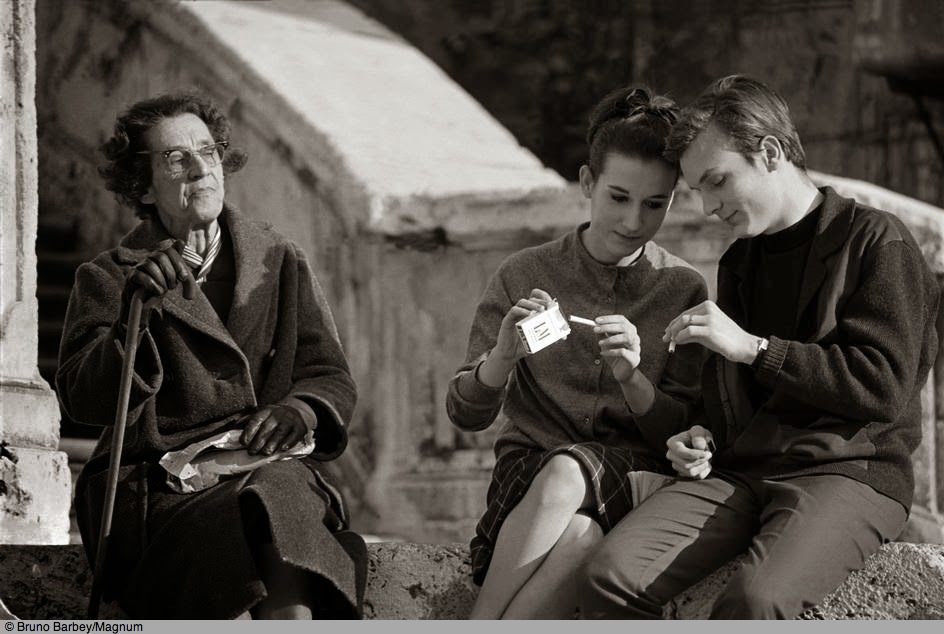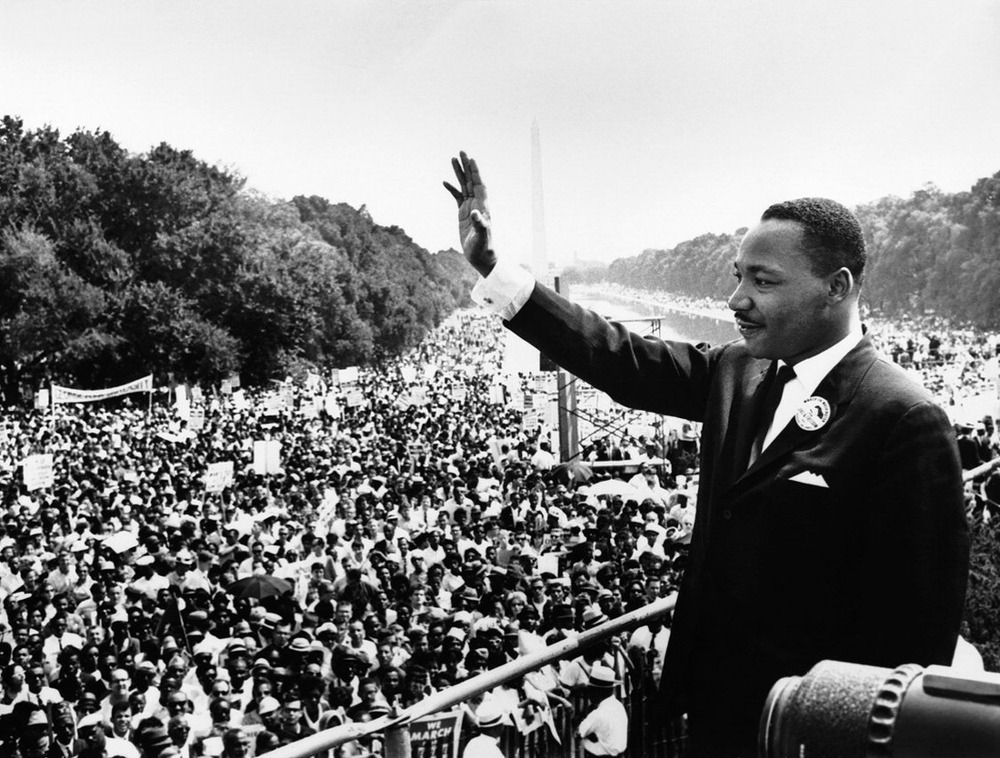 Consider if photographs can change the world or change people’s perception?
Consider if photographs can change the world or change people’s perception?
The article by Lewis Bush entitled ‘Photographs Won’t Change the World’ talks briefly about the influence photography has to affect how people view the world. Bush argues that photographs have the power to influence people and the way they think because they “present the idea that things are happening, or exist, or are possible”, therefore showing the viewer real life events to evoke a reaction. He does not however think that a single photograph has the direct influence to completely change a persons view, “Photographs don’t change people drastically, few people are transformed into ardent campaigners by an encounter with a single image”. Effectively Bush argues that photographs will not change the world directly but have the power to trigger responses in people, who in turn have the power to make big changes
His views are quite similar to mine in that I believe photographs are a powerful means of communication that show and reflect truth and important messages about the world; socially, politically and ethically. Photography is an effective means of doing so because a photograph is something which is very universal and therefore can bring people together in a common cause. The view that Bush raised concerning the effect of how we view photographs can be dangerous was very interesting as he states that “to claim that photographs, and by association the act of photographing, will in themselves change the world is disingenuous, a case of letting ourselves off the hook” and in contrast “to believe that photographs can’t drive us to change the world is to believe in a futile, solitary, and self-fulfilling prophecy”. These idea highlight shows how important photography is because it shows that our view of photography very much reflects who we are as human beings.
This iconic photograph of Martin Luther King helped to bring the civil right campaign of America to worldwide attention
This photograph taken by photojournalist John Filo, is of a young woman reacting to the shooting death of her friend Jeffery Miller during the Kent State Shooting in 1970. The photograph received worldwide recognition and won a pulitzer prize. It was seen as the photograph which changed U.S. public attitude towards the Vietnam War, thereby impacting greatly the course of 20th Century History and the Cold War.
This photograph of a dead Syrian Migrant boy is a recent example of how photographs can change public perception. The image has affected the way European people view the recent refugee crisis in Europe, prompting greater sympathy, understanding and compassion.


